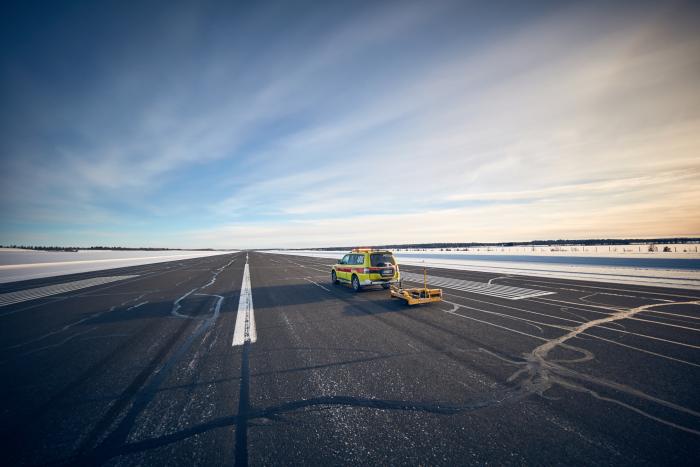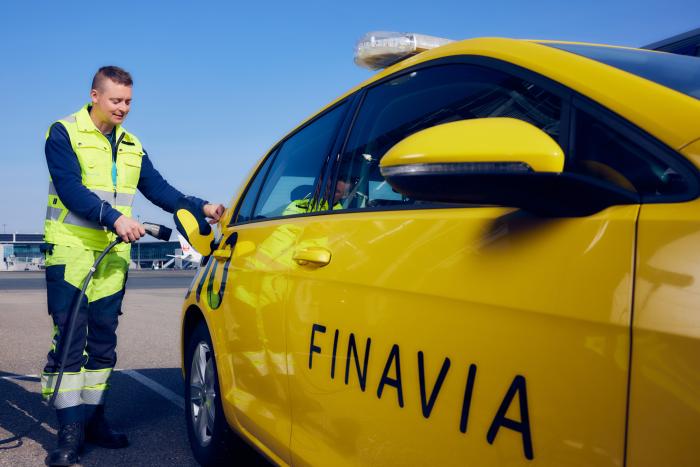Carbon emissions have been cut by reducing energy consumption in terminals and refuelling airport vehicles with renewable diesel and work machines and emergency power generators with renewable motor fuel oil, according to the operator.
“Net zero carbon emissions is an ambitious climate target, and we are proud to have achieved it at four of our airports. By switching to exclusively using renewable energy, we have reduced our carbon emissions by 98% in ten years at Ivalo, Kittilä, Kuusamo and Rovaniemi airports. Our operations at all of our 20 airports have been carbon neutral since 2019,” said Mikko Viinikainen, Finavia’s vice president, sustainability & environment.
Net zero emissions at the four airports have been certified in the international Airport Carbon Accreditation (ACA) programme, which Finavia joined in 2011.

Viinikainen said: “In the programme, airports are accredited at five different levels, the highest of which is net zero. The prerequisite is that carbon emissions are reduced by at least 90%, residual emissions are neutralised and that the emissions data and operations are verified by an external party.”
Finavia's goal is for all of its airports to achieve net zero emissions by the end of 2025.
How Finavia did it
The carbon emissions of airports mainly arise from the lighting of terminals and other consumption of electricity, heating, cooling and the energy consumption of vehicles. Finavia has been using zero-emission electricity since 2018, and airport vehicles are fuelled with diesel made from waste and residues.
“In 2023, we switched to renewable motor fuel oil for work machines and emergency power generators at the airports of Kittilä, Ivalo, Kuusamo and Rovaniemi. We also switched to renewable energy, such as district heating based on biofuels, for terminal heating,” Viinikainen explained.
At the net zero level, only a few percent of carbon emissions remain, and in order to neutralise them, Finavia participates in projects that meet the quality requirements of the ACA programme, where carbon dioxide is captured from the atmosphere by the amount of residual emissions.
“The long-term goal of our climate programme is for our airports to be carbon negative. By setting high targets, we, as an airport company, want to set an example for the entire aviation industry. We expect emissions from air traffic to fall gradually as sustainable solutions develop,” Viinikainen concluded.

